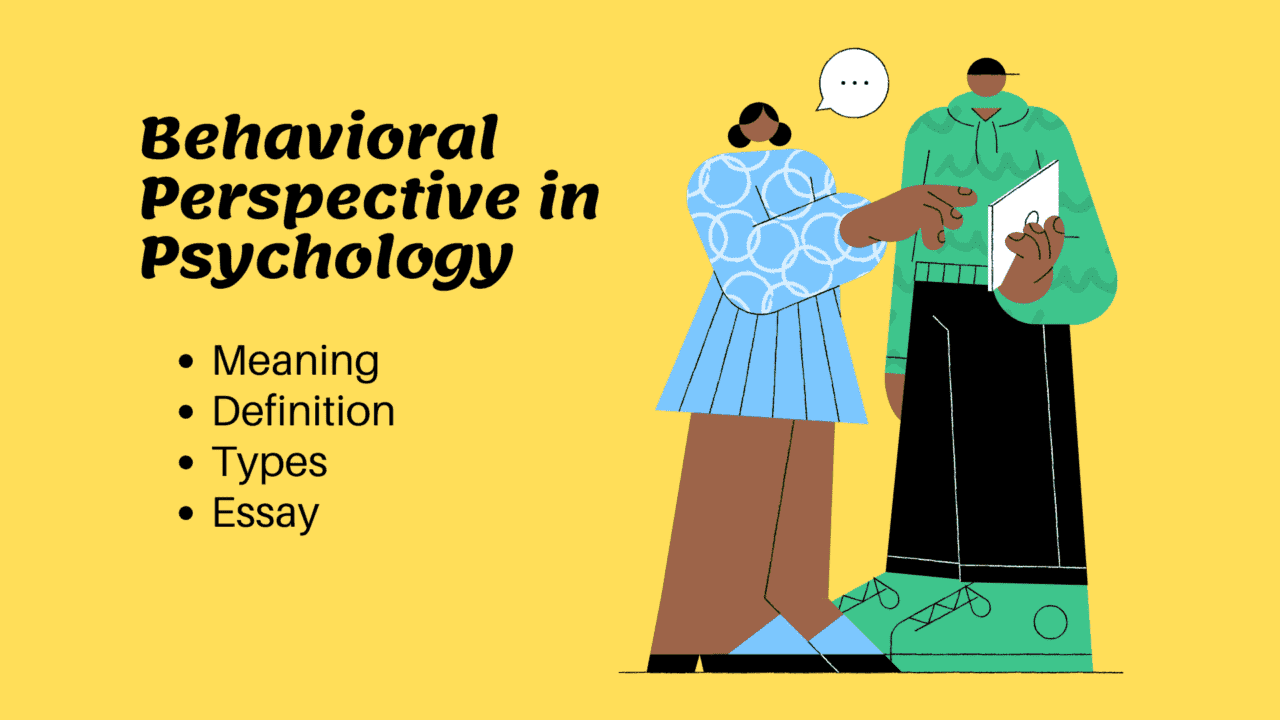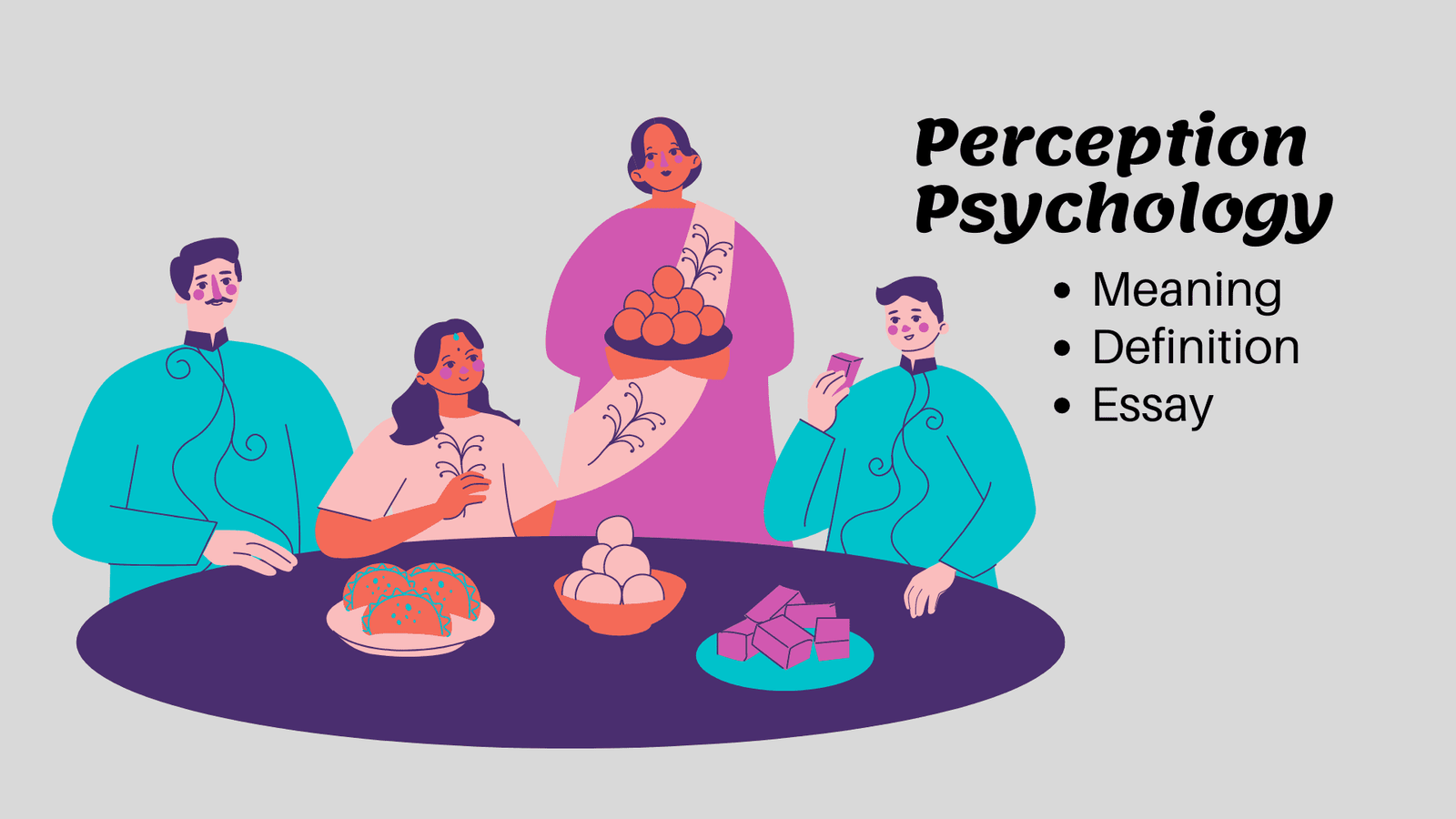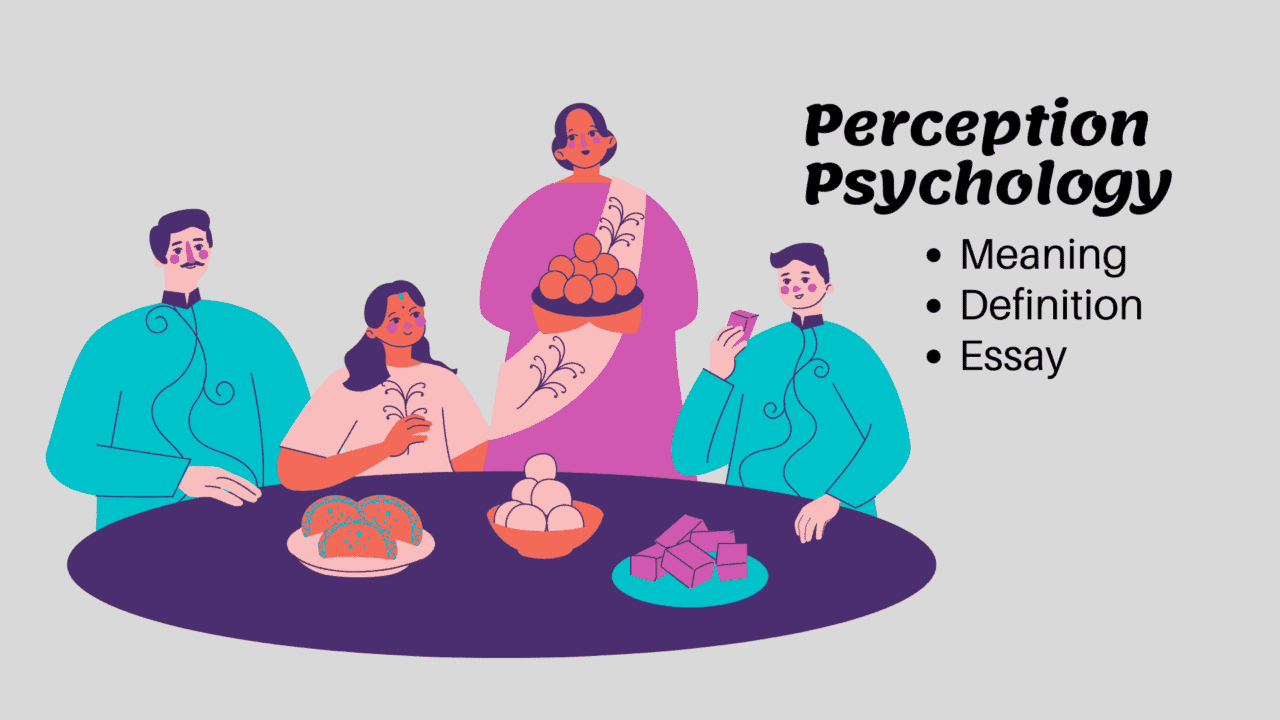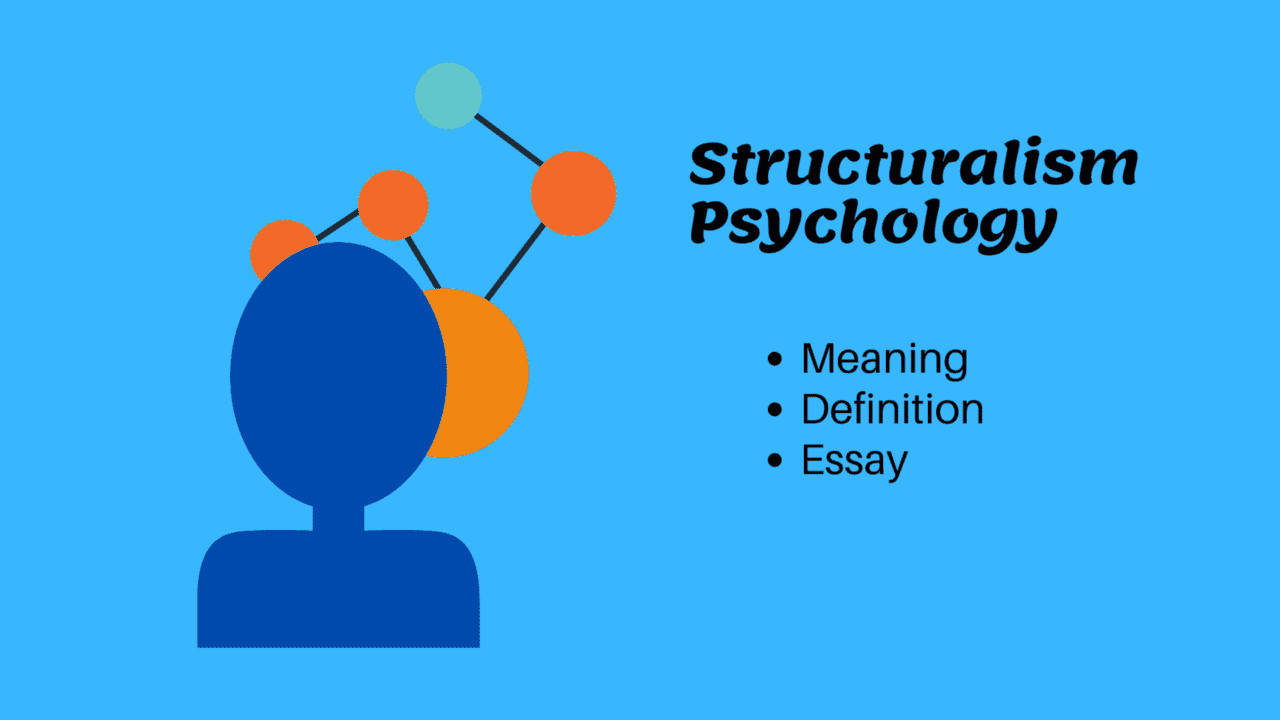Learn about the General Self-Efficacy Scale (GSE), a psychometric tool developed by Ralf Schwarzer and Matthias Jerusalem to assess an individual’s belief in their ability to handle tasks and challenges. Discover its applications in clinical psychology, education, and the workplace, as well as its reliability and validity across diverse contexts. Understand how the GSE can predict academic achievement, patient behaviors, and job performance, making it a valuable resource for researchers and practitioners aiming to enhance self-efficacy.
Introduction to the General Self-Efficacy Scale (GSE)
Self-efficacy, a construct central to the field of psychology, refers to an individual’s belief in their ability to execute behaviors necessary to produce specific performance attainments. It is a critical determinant of how people think, behave, and feel. The General Self-Efficacy Scale (GSE) is a psychometric tool designed to assess this belief across various domains of functioning.
The GSE was developed by psychologists Ralf Schwarzer and Matthias Jerusalem in 1995. Their work was grounded in Albert Bandura’s social cognitive theory, which emphasizes the role of self-efficacy in human agency. The scale was created to provide a reliable measure of a person’s general sense of self-efficacy, which is the belief in one’s ability to deal with a wide range of demanding situations.
The primary purpose of the General Self-Efficacy Scale is to gauge an individual’s belief in their competence to handle tasks and challenges. Unlike domain-specific measures of self-efficacy, which assess confidence in specific areas such as academic or athletic performance, the GSE is designed to be broadly applicable. It is composed of 10 items that participants rate on a four-point scale, ranging from “Not at all true” to “Exactly true.”
Applications of the GSE are extensive and diverse, spanning multiple fields. In education, it helps in predicting academic achievement and student motivation. Also, In health psychology, the GSE is used to understand patient behaviors and adherence to treatment regimes. In the workplace, it serves as a predictor of job performance, employee engagement, and occupational stress management. The versatility of the GSE makes it a valuable tool for researchers and practitioners aiming to understand and enhance self-efficacy in various contexts.
Overall, the General Self-Efficacy Scale (GSE) provides a robust measure of an individual’s confidence in their ability to effect change and achieve desired outcomes. Its widespread application in multiple fields underscores its importance as a tool for psychological assessment and intervention.
Components and Structure of the GSE
The General Self-Efficacy Scale (GSE) is designed to assess an individual’s belief in their ability to manage and perform tasks across various domains of life. The GSE is comprised of 10 items, each intended to measure different aspects of self-efficacy. These items are formulated as statements to which respondents must indicate their level of agreement or disagreement.
Each item on the GSE is scored using a Likert scale ranging from 1 to 4, where 1 represents “Not at all true,” 2 indicates “Hardly true,” 3 corresponds to “Moderately true,” and 4 stands for “Exactly true.” This scoring method allows for a nuanced assessment of the individual’s perceived self-efficacy. Examples of the type of questions included in the GSE are: “I can always manage to solve difficult problems if I try hard enough,” and “I am confident that I could deal efficiently with unexpected events.
The responses to these 10 items are then summed to produce a total score, which can range from 10 to 40. Higher scores on the GSE indicate a stronger belief in one’s capability to handle tasks and challenges. Typically, a score of 30 or above is seen as indicative of high self-efficacy, suggesting that the individual feels very competent in managing various situations. Conversely, a score below 20 may suggest low self-efficacy, indicating that the individual might lack confidence in their ability to perform effectively in different circumstances.
Understanding the components and structure of the GSE is essential for researchers and practitioners who use this tool to assess self-efficacy. The scale’s straightforward format and clear scoring system make it a valuable resource for evaluating an individual’s confidence in their capabilities, which can be a crucial factor in personal development, educational outcomes, and psychological well-being.
Applications and Benefits of Using the GSE
The General Self-Efficacy Scale (GSE) finds extensive application across various domains, each benefiting uniquely from its insights. In clinical psychology, the GSE is a valuable tool for assessing patients’ belief in their capacity to handle stress and recover from adversity. By evaluating self-efficacy, clinicians can better understand a patient’s psychological resilience and tailor interventions to strengthen it. This is particularly useful in therapy settings, where enhancing self-efficacy can significantly contribute to recovery from mental health issues such as anxiety and depression.
In educational settings, the GSE serves as an essential instrument for understanding students’ confidence in their academic abilities. Educators and counselors can use the scale to identify students who may struggle with self-doubt, thereby enabling targeted support to bolster their academic self-efficacy. Higher self-efficacy in students is correlated with increased motivation, better academic performance, and a greater willingness to engage in challenging tasks. By integrating GSE assessments, educational institutions can create more supportive learning environments that foster student growth and achievement.
Within the workplace, the GSE is instrumental in gauging employees’ self-efficacy, which has a direct impact on job performance and satisfaction. Employers can utilize the scale to identify employees who may benefit from additional training or support, thereby improving overall workforce productivity. High self-efficacy among employees is associated with greater job satisfaction, higher levels of innovation, and reduced turnover rates. By understanding and enhancing employee self-efficacy, organizations can cultivate a more motivated and resilient workforce.
The benefits of using the GSE extend beyond assessment. By identifying areas where individuals might need support, the scale enables the development of more effective interventions aimed at boosting self-efficacy. This, in turn, can lead to improved mental health, academic success, and job performance. The GSE thus serves as a critical tool in promoting personal and professional well-being across various settings.
Research and Validation of the GSE
The General Self-Efficacy Scale (GSE) has undergone extensive research and validation since its development, ensuring its reliability and validity across diverse contexts. Psychometric evaluations of the GSE have consistently demonstrated strong reliability, with Cronbach’s alpha coefficients typically exceeding 0.80, indicating high internal consistency. Moreover, test-retest reliability studies have shown that the GSE maintains stability over time, further supporting its reliability as a measure of self-efficacy.
Validation studies have also provided robust evidence of the scale’s construct validity. The GSE has been positively correlated with theoretically related constructs such as optimism, self-esteem, and coping strategies, while showing negative correlations with constructs like anxiety and depression. These findings underscore the scale’s ability to accurately measure the construct of self-efficacy.
Research has also tested the GSE across various populations and cultural contexts, affirming its applicability and robustness. Key studies have included diverse samples from different countries, ethnicities, and age groups. For instance, research conducted in Germany, Japan, and the United States has demonstrated that the GSE performs consistently across these cultural contexts, highlighting its cross-cultural validity.
Despite its strengths, the GSE has faced some criticisms and limitations. Critics have pointed out that the scale’s generality may overlook specific domains of self-efficacy, such as academic or social self-efficacy. Additionally, some researchers argue that cultural differences may influence how individuals interpret and respond to the GSE items. To address these concerns, researchers have advocated for the use of supplementary domain-specific self-efficacy scales alongside the GSE to capture a more comprehensive picture of an individual’s self-efficacy.
Currently, research on the GSE continues to evolve, with ongoing studies exploring its applicability in new contexts and populations. Future research directions include examining the GSE’s predictive validity concerning long-term outcomes and its integration with other psychological constructs. As the field progresses, the GSE’s role as a foundational tool for measuring general self-efficacy remains well-established, with potential for further refinement and application.











